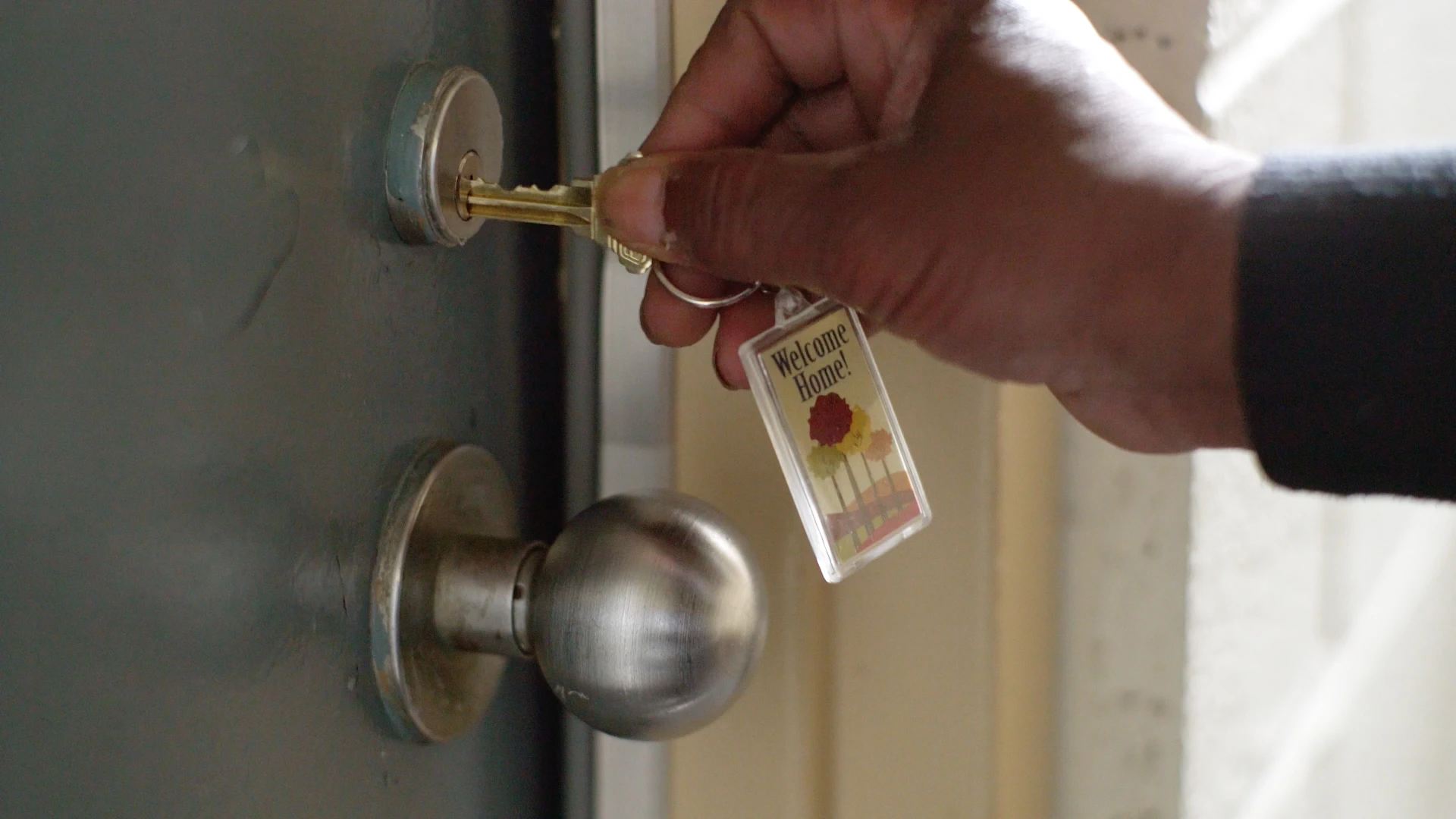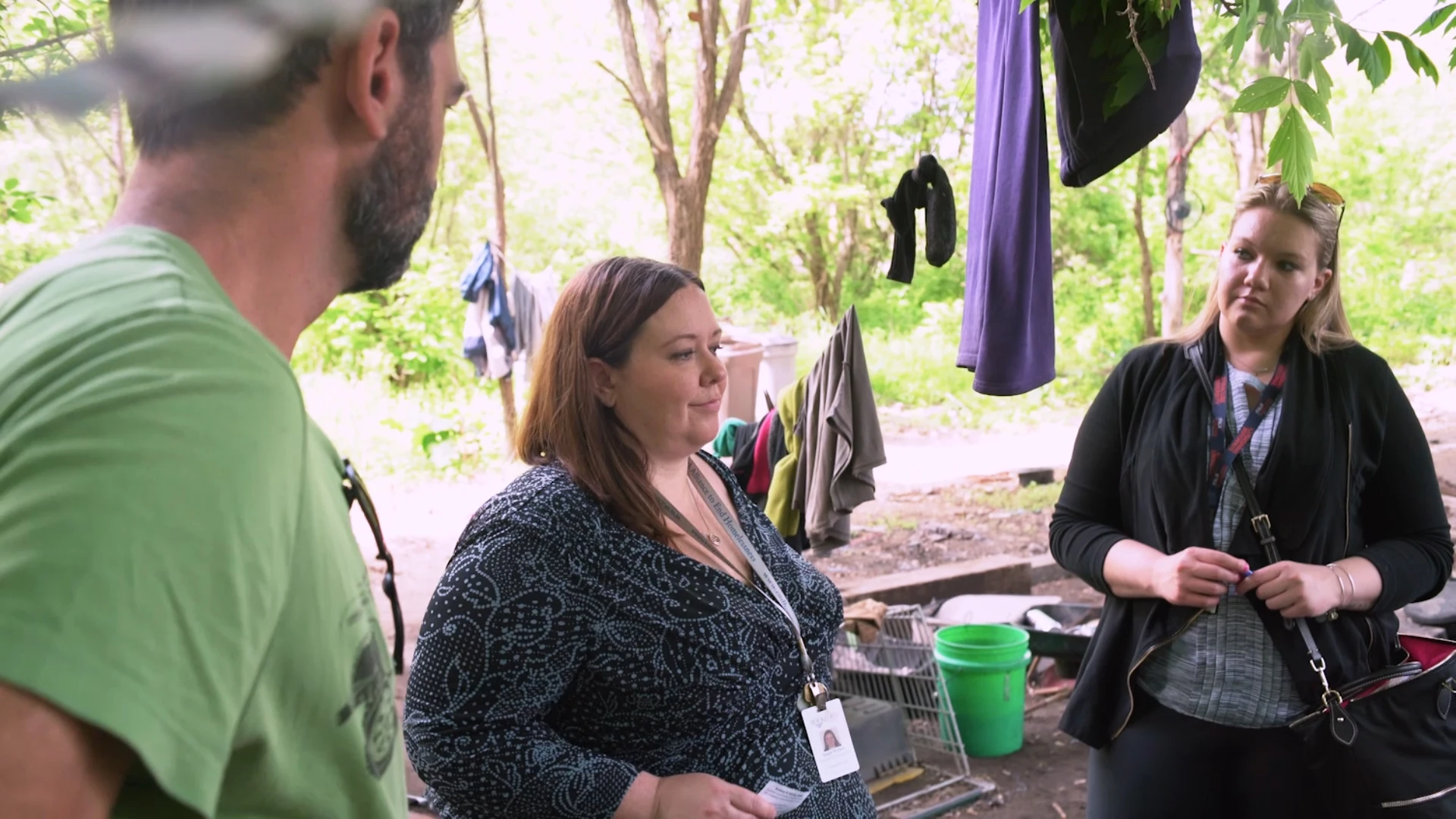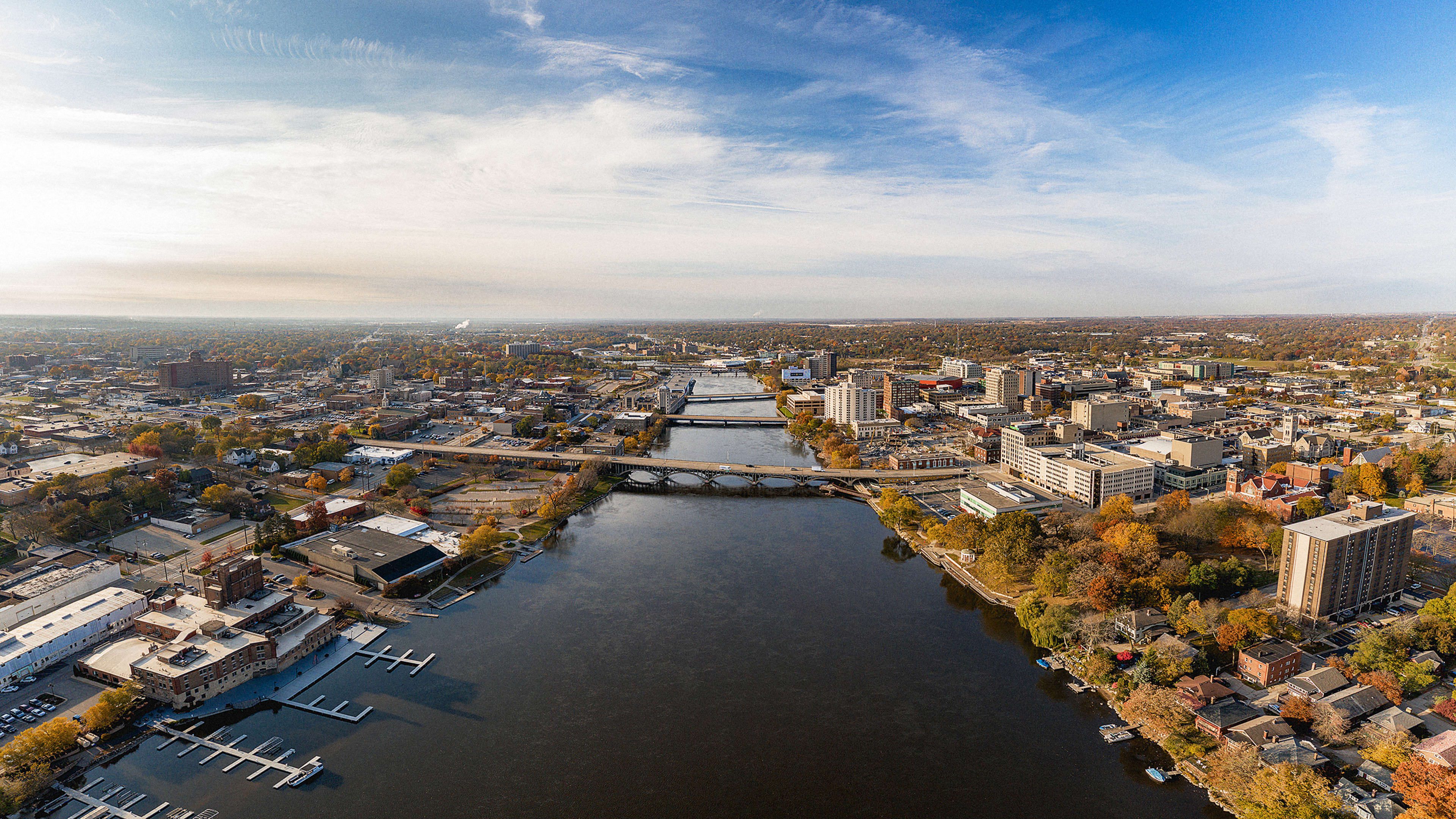Less than a decade ago, more than 700 people were homeless in the small, 150,000-person city of Rockford, Illinois, about 90 miles northwest of Chicago. By the end of the year, the city expects that number will have shrunk to essentially zero—making it the first community in the U.S. to end homelessness.
“I think for so long we believed in most communities that homelessness is just something we are going to have to live with,” says Beth Sandor, who co-directs a program called Built to Zero at the nonprofit Community Solutions, which works with cities like Rockford on eliminating homelessness. “Rockford is in the process of transforming that idea and really demonstrating what it looks like to live in a community where homelessness is not normal.”
In 2018, the city became the first in the country to reach a goal of “functional zero” for veteran homelessness, meaning that at any given time, while a veteran may become homeless, it’s rare, and they quickly find housing. It became the second city to reach the same goal for people who are chronically homeless—those who have been homeless for long periods of time and have a diagnosed disability. A handful of other cities have achieved the same thing. Now, Rockford will be the first to end homelessness for all remaining populations—youth, single people who have only been homeless for a short time, and families.

The work started in 2014, when the Obama administration launched a challenge to mayors to end veteran homelessness. Rockford signed on, and started working with Community Solutions to use a new approach to get people housed. Every veteran, a list that exceeded 100 people, was tracked individually with details about their situation, and then the city’s homeless coordinators met repeatedly with other groups that had the same clients, such as veteran agencies and mental health organizations. Together, they went through the list, name by name, figuring out how each person could be helped, and how quickly it could happen.
“We were doing something we’ve never done before, which was literally talking about veterans one at a time with the people working with them, with an entire focus on getting them housed permanently as quickly as possible,” says Jennifer Jaeger, Rockford’s community services director. “At the same time, we were taking that data and publishing it monthly, leading to more community accountability. That community accountability led to more community involvement and buy-in.”
The city already had the resources it needed, including housing vouchers for homeless veterans that are provided by the federal government (after a veteran pays 30% of their income toward the rental, the voucher covers the rest of the cost). But the new push to end homelessness provided coordination. “It was really about focusing and crystallizing our efforts on the population—pulling everybody to the table and holding everybody accountable,” Jaeger says.
The agency used the same approach of coordinating with others to work through a list of each individual case when it began working to end homelessness in each segment of the population. For each group, it comes up with new strategies to test and watches the data to see what’s working. The solutions are different—to work with youth, for example, who are often hard to locate after an initial meeting, the team realized that it needed to find new ways to reach each individual when it found someone an apartment. It turned to texting and Facebook Messenger. With people who are chronically homeless, the work is even more focused on building trust and personal connections; a coordinator convinced one man to move into a residency hotel by telling him that it had a TV and he’d be able to watch the Cubs play baseball.

Flexibility, and a willingness to keep iterating, was key. “I think that’s actually something that’s allowed us to be more successful, maybe, than some locations,” says Angie Walker, the homelessness program coordinator in Rockford. “We’ve made a lot of effort to try to see what approach is right for the different groups, and then we implemented it and moved forward. We’ve been really good about not getting stuck in one certain way of doing things.”
Eighty five cities are now part of the Built for Zero network; 11 have reached “functional zero” for some segment of the homeless population. In each case, they’re using a similar approach, though specific strategies differ. “There’s never going to be six things that every community in the country needs to do to end homelessness,” says Sandor. “It’s instead a problem-solving approach.”
Rockford, a city with housing that is relatively affordable compared to some other parts of the country, has different challenges than a city like New York or Seattle. Still, Sandor says, the basic approach also makes sense in larger cities. The nonprofit is currently working with cities like Washington, D.C., and Phoenix. “I think in places like Los Angeles County, San Francisco, or Seattle, we still don’t have robust systems that are optimizing everything that we have—we don’t just need new affordable housing and resources, but also need functioning systems,” she says.
The first step for a community is to have the political will to actually end homelessness. “Rockford had a very progressive mayor who saw the value of using data to iterate and drive decisions and applying that to the challenge of ending homelessness,” Sandor says. “And now with the new mayor, he has also kept that going.” Cities that choose to work with the Built for Zero program get support from an “improvement advisor” at Community Solutions, along with coaching from the nonprofit’s data team and access to software from the Tableau Foundation, which designed dashboards with data visualization and analytics to help cities track progress. Cities move through a process of working with other cities at a similar stage—first collecting quality data, then reducing homelessness in one population, and eventually, like Rockford, aiming to end homelessness for all.
A coalition of groups needs to be willing to work together on the problem. (This could include law enforcement, in some cases, though Community Solutions said in a previous interview that law enforcement can’t typically access the detailed data kept about each homeless individual.) Teams also have to be willing to work on long-term solutions to help stop the flow of new people into homelessness, not simply getting people into housing; in Rockford, for example, the team realized that evictions were one of the key reasons that families become homeless, and the city has been working to test ways to keep people in their existing apartments.
They learned that someone could ask for assistance earlier in the process—after their landlord gave them a five-day notice warning them of an eviction, but before they have a court order to leave. The agency also started working directly with landlords—reaching out to cover part of the rent, and then putting the tenant on a payment plan, something that has been successful in stopping evictions. In other cases, when the city finds housing for people who are already homeless, they work to connect tenants with child care, medical care, or other support that they need to stay housed.
The city expects to soon be certified as ending youth homelessness, and will reach “functional zero” for the rest of the homeless population later this year. It’s a model for other cities to follow, and also points to the need for national policy change. Right now, to get federal funding for homelessness programs, communities have to conduct “point in time” surveys that count every person living on the street—every two years. But the problem is continually changing, so the count is almost immediately out of date, and there’s no way to truly understand the situation well enough to design solutions and know if they’re working. “I think if we’re really going to get to a place where every community in the country is seeing reductions in homelessness, then it’s an expectation that you have real-time data on the people experiencing homelessness,” Sandor says.
Recognize your brand’s excellence by applying to this year’s Brands That Matter Awards before the early-rate deadline, May 3.
